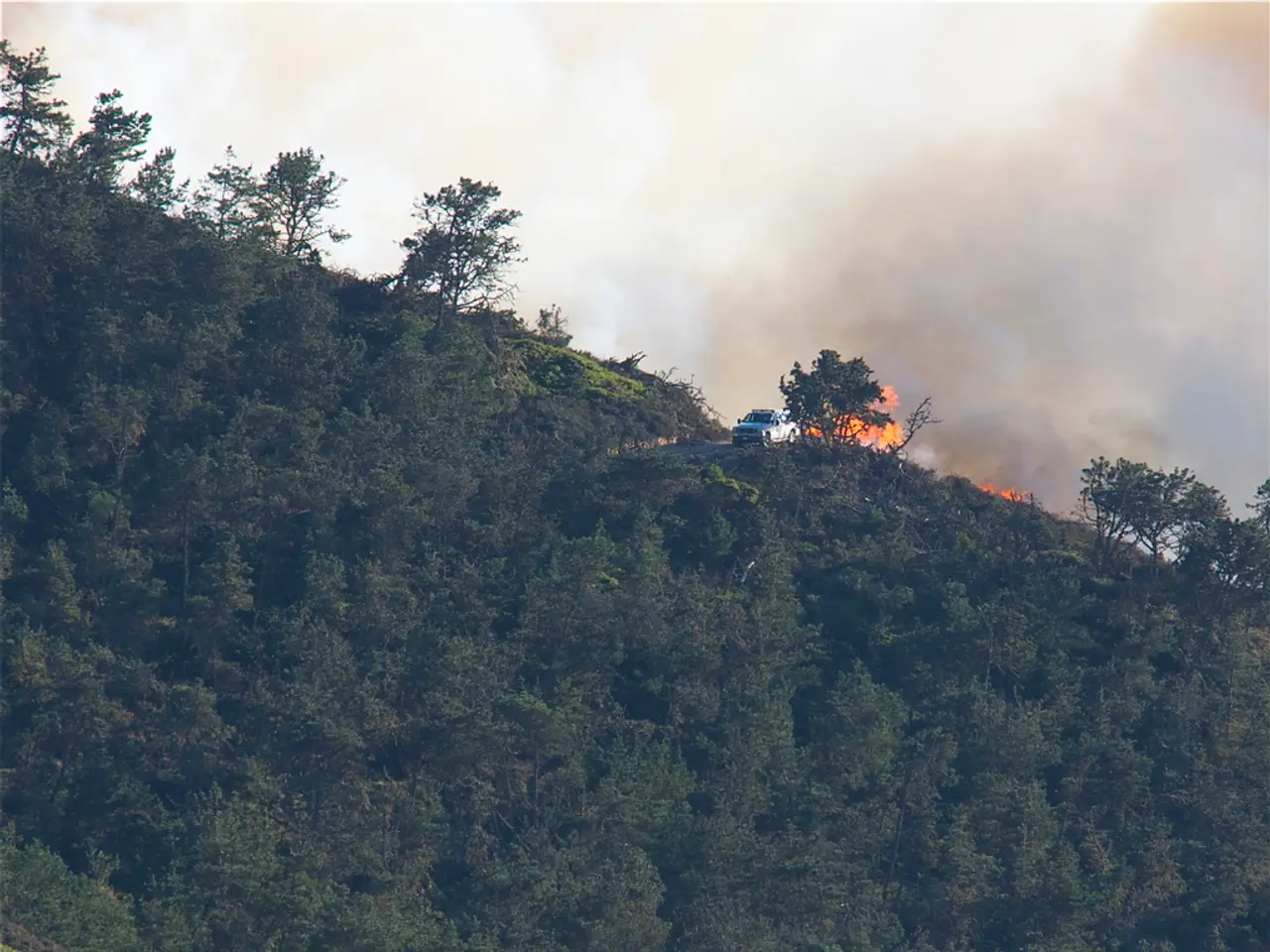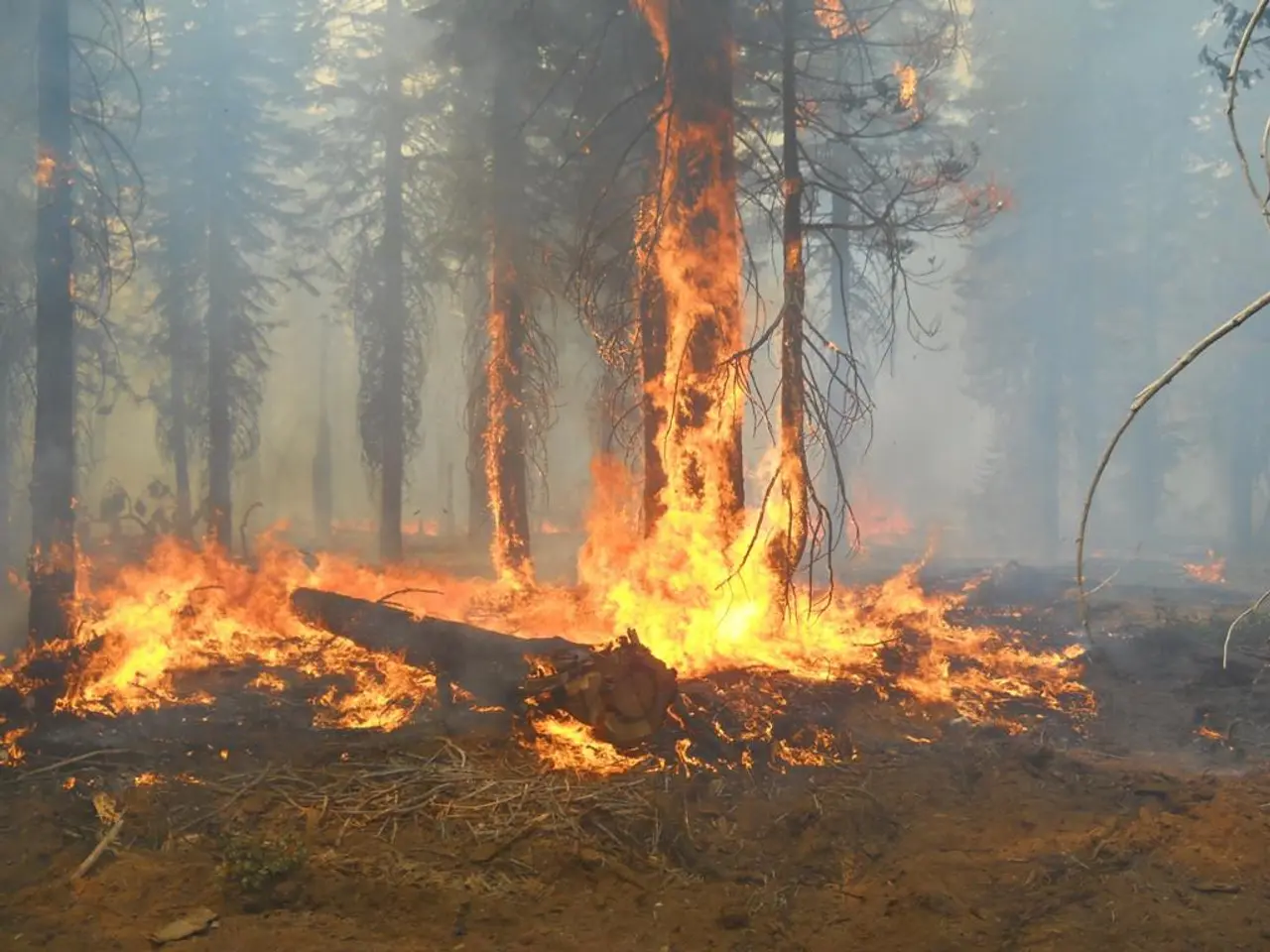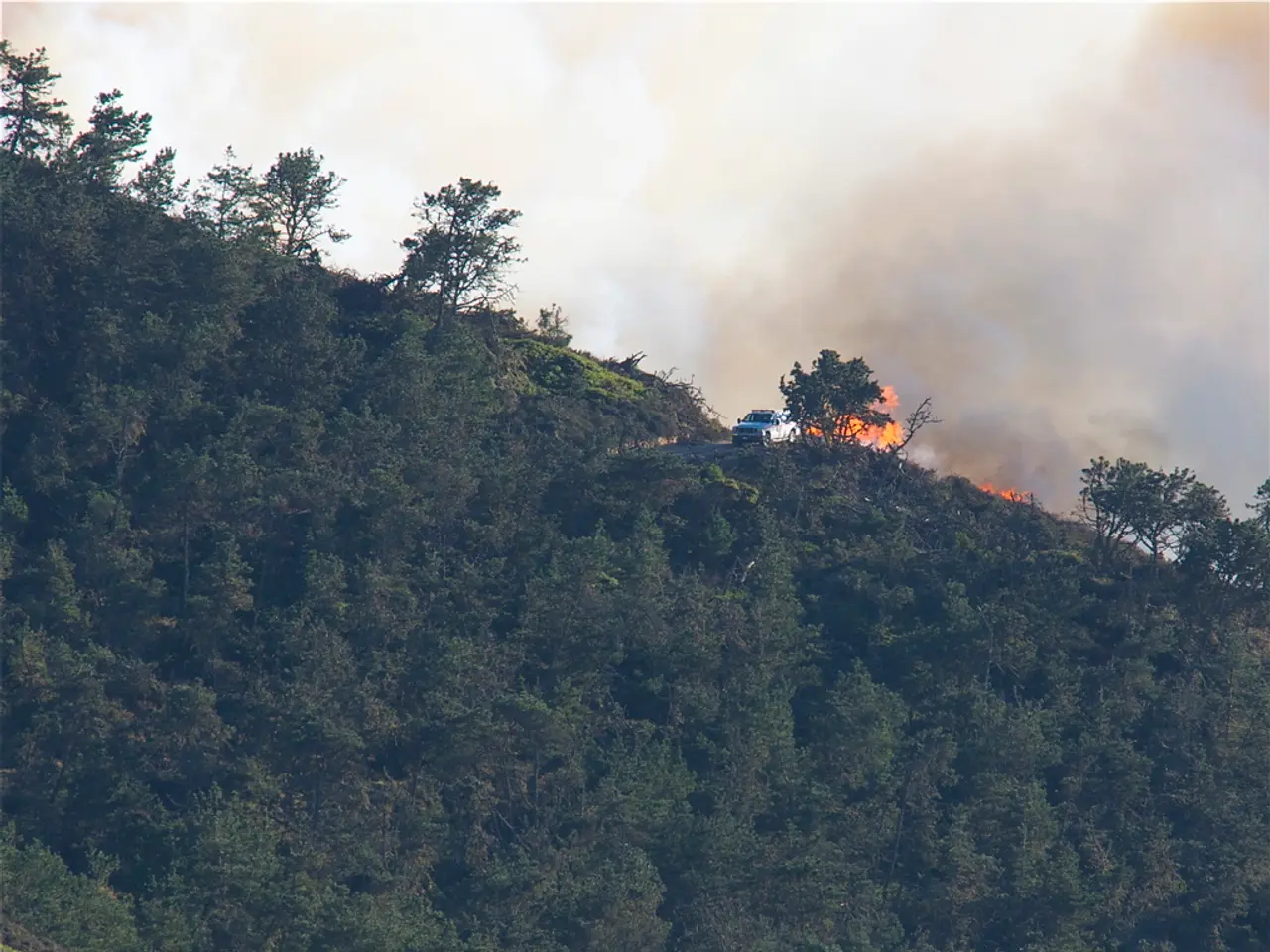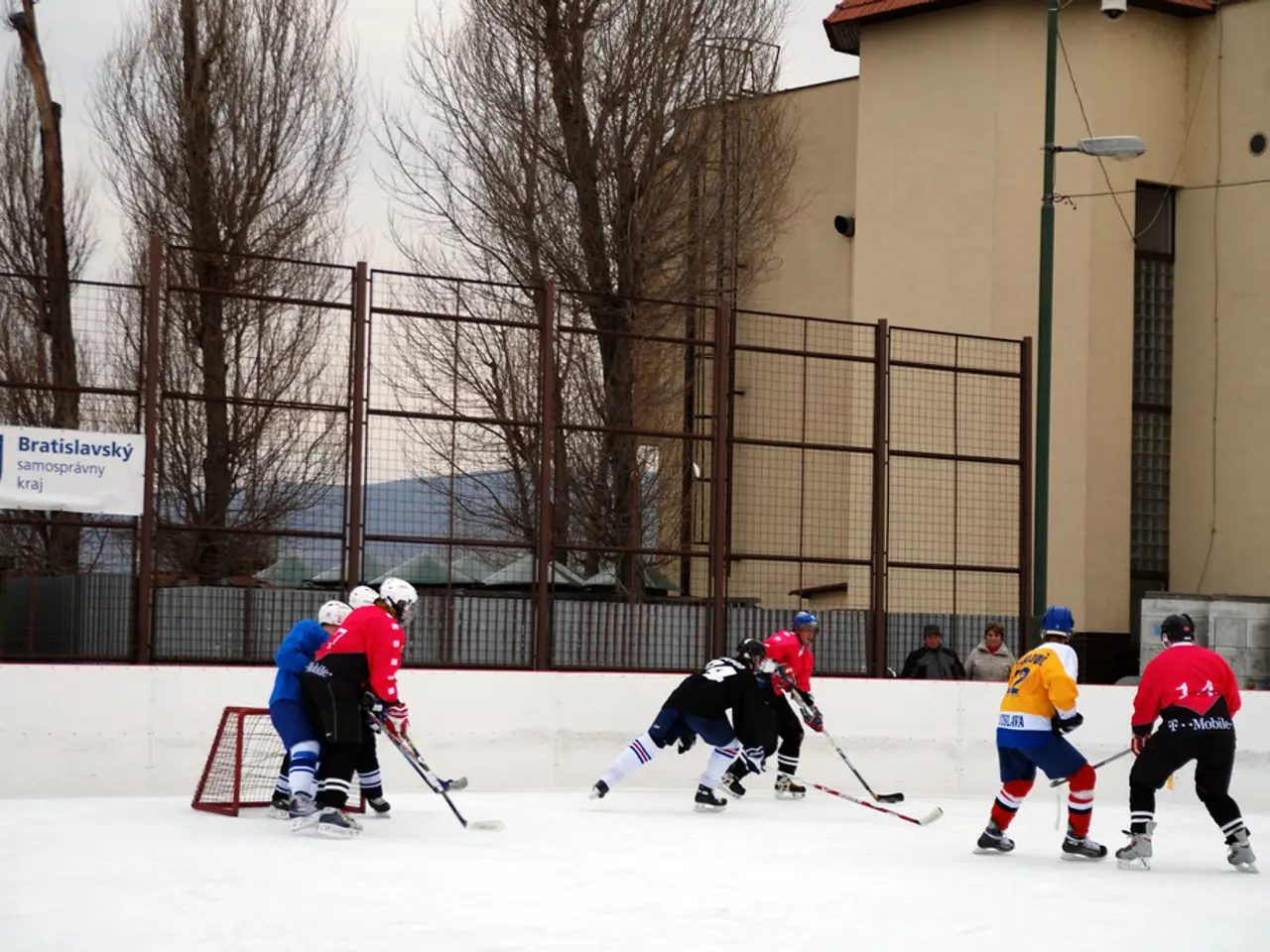Plunging temperatures cause commotion in Argentina
In an unexpected turn of events, Argentina has been hit by an unprecedented cold wave during the Southern Hemisphere's winter, with temperatures plummeting across the nation. The country briefly became the coldest on the planet, according to global minimum temperature rankings, due to the arrival of an exceptionally cold air mass from the south[1][2][3].
The main cause of this cold snap was a powerful polar wave, characterized by an exceptionally cold air mass moving northward from Antarctica. This polar air mass brought record-breaking low temperatures and extended the cold beyond Argentina’s traditionally frigid regions (such as Patagonia) into central and northern areas where such cold is unusual[1][4].
The unusually severe cold temperatures affected various regions in Argentina, including Buenos Aires, where the thermometer showed -7.4 degrees Celsius in the suburb of El Palomar, a record low since 1967[1]. In contrast, temperatures in El Calafate, near the Perito Moreno glacier, dropped to minus 6.6 degrees Celsius. Meanwhile, temperatures in Maquinchao, Patagonia, dropped to an icy minus 18 degrees Celsius[4].
Large parts of Europe, on the other hand, are currently experiencing extreme heat. This unusual contrast in weather conditions has raised concerns about the increasing frequency and intensity of extreme weather events, with both heat and cold posing serious health threats[2][3].
The cold wave brought frost and subzero temperatures even to central and northern regions, and even caused isolated snowfalls in parts of the Atlantic Coast, which is extremely rare[1][4]. The National Meteorological Service (SMN) issued yellow and orange alerts for extreme temperatures, warning of significant risks for vulnerable groups such as children, older adults, and those with pre-existing health conditions. Health authorities advised people to avoid sudden temperature changes and to wear appropriate warm clothing[1].
In regions where such cold is uncommon, infrastructure and public services may be unprepared, leading to increased risks for the homeless and those with inadequate heating. Authorities in neighboring Uruguay responded by urging homeless people to seek shelter, following deaths attributed to the cold[3].
The cold front in Argentina is causing shivering conditions for its residents. Temperatures in Trelew on the Atlantic coast dropped to minus 12.6 degrees Celsius, which is unusually low even during the winter in the Southern Hemisphere. The lowest temperature recorded in Buenos Aires since August 1991 is -1.9 degrees Celsius[4].
This event underscores the importance of preparedness for both extreme heat and cold, as the frequency and intensity of such events are expected to increase with ongoing climate variability[2][3]. It serves as a reminder for governments and communities to adapt and respond effectively to such extreme weather conditions to ensure the safety and well-being of their citizens.
References: [1] BBC News. (2025). Argentina freezes as it becomes world's coldest place. [online] Available at: https://www.bbc.com/news/world-latin-america-59566250 [2] The Guardian. (2025). Argentina freezes as it becomes world's coldest place. [online] Available at: https://www.theguardian.com/world/2025/jun/25/argentina-freezes-as-it-becomes-worlds-coldest-place [3] The Washington Post. (2025). Argentina freezes as it becomes world's coldest place. [online] Available at: https://www.washingtonpost.com/world/the_americas/argentina-freezes-as-it-becomes-worlds-coldest-place/2025/06/25/7a6b349a-24d5-11eb-86d8-996779a04c06_story.html [4] Climate.gov. (2025). Unprecedented Cold Sweeps Argentina. [online] Available at: https://www.climate.gov/news-features/understanding-climate/unprecedented-cold-sweeps-argentina
- The cold front in Argentina, given its location in the southern hemisphere's winter, emphasizes the role of environmental science in understanding and predicting such extreme weather events, particularly when a cold air mass from the south creates a shockingly chilly environment, as observed in Argentina.
- Beyond Argentina's borders, this extreme weather event, coupled with the scorching heat wave currently affecting large parts of Europe, reinforces the significance of scientific research in the field of weather, aiming to uncover patterns and trends associated with increased frequency and intensity of both cold and heat extremes, posing serious health threats to populations worldwide.








